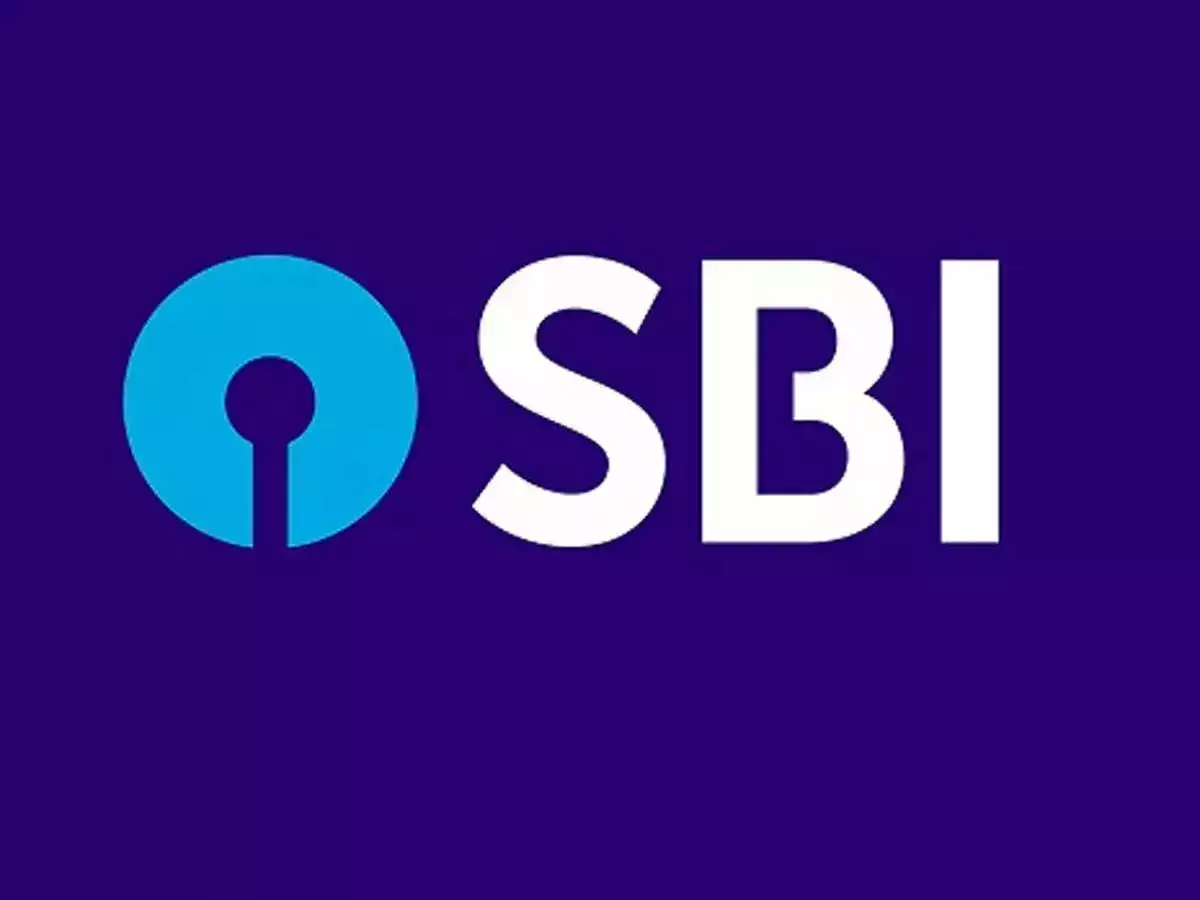The SBI Q3 Results 2025 are set to be announced on February 6, 2025, and analysts are predicting a massive surge in net profit. India’s largest public sector bank, State Bank of India (SBI), is expected to report a whopping 77% year-on-year (YoY) growth in standalone net profit, reaching approximately ₹16,240 crore, up from ₹9,162 crore in the same quarter last year.
So, what’s fueling this impressive growth? Let’s dive into the details.
SBI Q3 Results 2025: Expected Financial Performance
According to market estimates, SBI’s standalone net profit is projected to rise between 58-65% YoY, reaching ₹14,500–₹15,250 crore. While this showcases robust annual growth, there might be a sequential dip compared to Q2FY25, where the bank reported a higher net profit of ₹18,331 crore.
Key Financial Highlights:
Net Profit: Expected to grow 77% YoY to ₹16,240 crore
Net Interest Income (NII): Estimated at ₹41,600–42,440 crore, reflecting a 4-6% YoY increase
Loan and Deposit Growth: Anticipated to remain in double digits, contributing to the strong earnings
Asset Quality: Expected to be stable, reinforcing SBI’s financial health
These figures indicate that SBI’s Q3 performance is strong, largely driven by steady loan and deposit growth.
Factors Driving SBI’s Q3 Performance
1. Growth in Loans and Deposits
SBI has witnessed consistent expansion in its loan book, driven by increased demand across retail, corporate, and MSME segments. Similarly, deposit growth has remained strong, helping maintain liquidity and fund lending operations.
2. Stable Asset Quality
A crucial factor for SBI’s profitability is its controlled non-performing assets (NPAs). Lower slippages and steady recoveries have ensured that the gross and net NPA ratios remain in check, boosting investor confidence.
3. Net Interest Income (NII) Growth
With a steady increase in loans and effective management of interest rates, SBI’s NII is expected to see moderate growth. While margins may be slightly compressed due to rising deposit costs, the overall trajectory remains positive.
SBI Stock Performance Ahead of Q3 Results
On February 5, 2025, SBI shares closed at ₹766, down 1.6%. This drop reflects investor caution ahead of the results.
Technical Analysis
SBI stock is currently trading below key moving averages (21, 50, and 200 EMAs)
The formation of a bearish engulfing candle on the daily chart suggests weakness
If the next trading session closes below the low of the bearish engulfing pattern, further downside could be expected
Options Market Outlook for SBI
Ahead of the SBI Q3 Results 2025, the options market is signaling a potential ±6.1% price movement before the February expiry. This is based on the pricing of SBI’s at-the-money (ATM) options, where both call and put options for the ₹770 strike price are valued at ₹47 each.

Options Trading Strategies
Long Straddle: If you expect high volatility, buying both an ATM call and an ATM put could be beneficial
Short Straddle: If you anticipate low volatility, selling an ATM call and an ATM put can help generate profits
Bull Call Spread: If you have a bullish outlook, buy a call option and simultaneously sell another call at a higher strike price
Bear Put Spread: If you expect SBI’s stock price to decline, buy a put option and sell a lower strike put
Investor Focus: Key Metrics to Watch
When SBI announces its Q3FY25 results, investors will closely monitor the following key metrics:
Loan & Deposit Growth – To gauge SBI’s market expansion
Net Interest Margin (NIM) – Indicates profitability from lending
Gross and Net NPA Levels – Reflects the bank’s asset quality
Management Commentary – Insights into future growth, credit demand, and economic outlook
Read More: Global economic outlook 2024
Conclusion
With SBI Q3 Results 2025 expected to show stellar profit growth, the bank continues to cement its position as a leader in India’s banking sector. The combination of steady loan growth, improved asset quality, and positive NII trends suggests that SBI remains on a solid financial footing.
While short-term market fluctuations might create volatility, long-term investors could see this as a strong opportunity to hold or accumulate SBI shares. As always, staying updated with management commentary and financial trends will be crucial for making informed investment decisions.
Other Popular Blog Post:
India Economic Survey 2024-2025 | JSW Energy Share Price | Tata Tiago Accessories | Republic Day | Guillain-Barré Syndrome | Trent Share Price | stock markets | Premier Energies share price
Explore other popular Posts:
Blog | News | Entertainment | Education | Sports |
Technology | Cryptocurrency | Stock | Home | Sitemap





